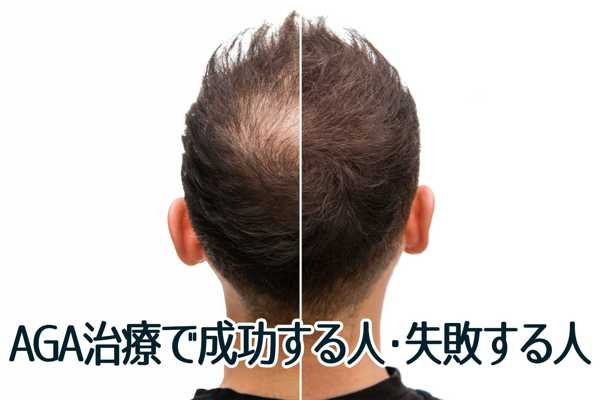税理士相談なら安心・信頼の専門家にお任せ
The Latest Shifts in Asthma Treatment: Strategies for Better Long-Term Control
Asthma remains a global health challenge, affecting millions of people every year. Although asthma cannot be cured, recent advances in treatment guidelines have provided patients with better tools for managing the condition. This article reviews the latest shifts in asthma management strategies, focusing on the importance of long-term control, biologic therapies, and the reduction of reliance on rescue medications.
Asthma remains a global health challenge, affecting millions of people every year. Although asthma cannot be cured, recent advances in treatment guidelines have provided patients with better tools for managing the condition. This article reviews the latest shifts in asthma management strategies, focusing on the importance of long-term control, biologic therapies, and the reduction of reliance on rescue medications.
1. Addressing Inflammation with Long-Term Medications
The core of effective asthma management now revolves around reducing inflammation, a key driver of asthma symptoms. Recent guidelines recommend using long-term medications to control inflammation rather than relying solely on quick-relief medications.
Inhaled Corticosteroids (ICS): ICS remain the most effective treatment for long-term asthma control. These medications should be used daily, even in mild cases, to prevent exacerbations and reduce the need for rescue medications.
Combination Inhalers: Using a combination of ICS and LABAs (Long-Acting Beta₂-Agonists) provides a more comprehensive approach to asthma treatment, targeting both inflammation and bronchoconstriction.
2. Biologic Treatments for Severe Asthma
For individuals with severe asthma that is not well-controlled with standard medications, biologic therapies offer new hope. These drugs specifically target immune system components involved in the inflammation process.
Monoclonal Antibodies: Medications like mepolizumab (anti-IL-5) and omalizumab (anti-IgE) have been shown to reduce asthma symptoms and prevent exacerbations in patients with severe forms of the disease, particularly those with allergic or eosinophilic asthma.
3. Minimizing Reliance on Quick-Relief Inhalers
Frequent use of rescue inhalers (SABAs) is now seen as an indicator of poor asthma control. Guidelines recommend that SABAs only be used on an as-needed basis and emphasize the use of long-term control medications to prevent exacerbations.
ICS and Combination Therapy: By focusing on daily ICS use and combination inhalers, patients can avoid the overuse of SABAs and experience better overall control of their asthma.
4. Managing Environmental Triggers
Environmental control has become a critical part of asthma management. Exposure to allergens and irritants such as dust, pet dander, tobacco smoke, and pollution can trigger asthma symptoms and exacerbations.
Allergen Avoidance: Patients should implement measures to avoid environmental triggers, such as using air purifiers, keeping pets out of sleeping areas, and reducing exposure to known allergens.
5. Empowering Patients Through Education and Monitoring
Education is key to successful asthma management. By helping patients understand their condition, the proper use of medications, and when to seek medical help, healthcare providers can significantly improve asthma control.
Personalized Action Plans: Creating a personalized asthma action plan enables patients to recognize early symptoms of worsening asthma and take appropriate action, including adjusting medications or seeking medical attention.
Conclusion
Asthma treatment guidelines have evolved to focus more on long-term control and inflammation reduction. By using a combination of medications, biologic therapies, environmental controls, and patient education, asthma can be better managed, resulting in fewer flare-ups and a better quality of life for patients. With these advances, individuals with asthma now have access to more comprehensive care strategies that allow them to lead more active and fulfilling lives.










